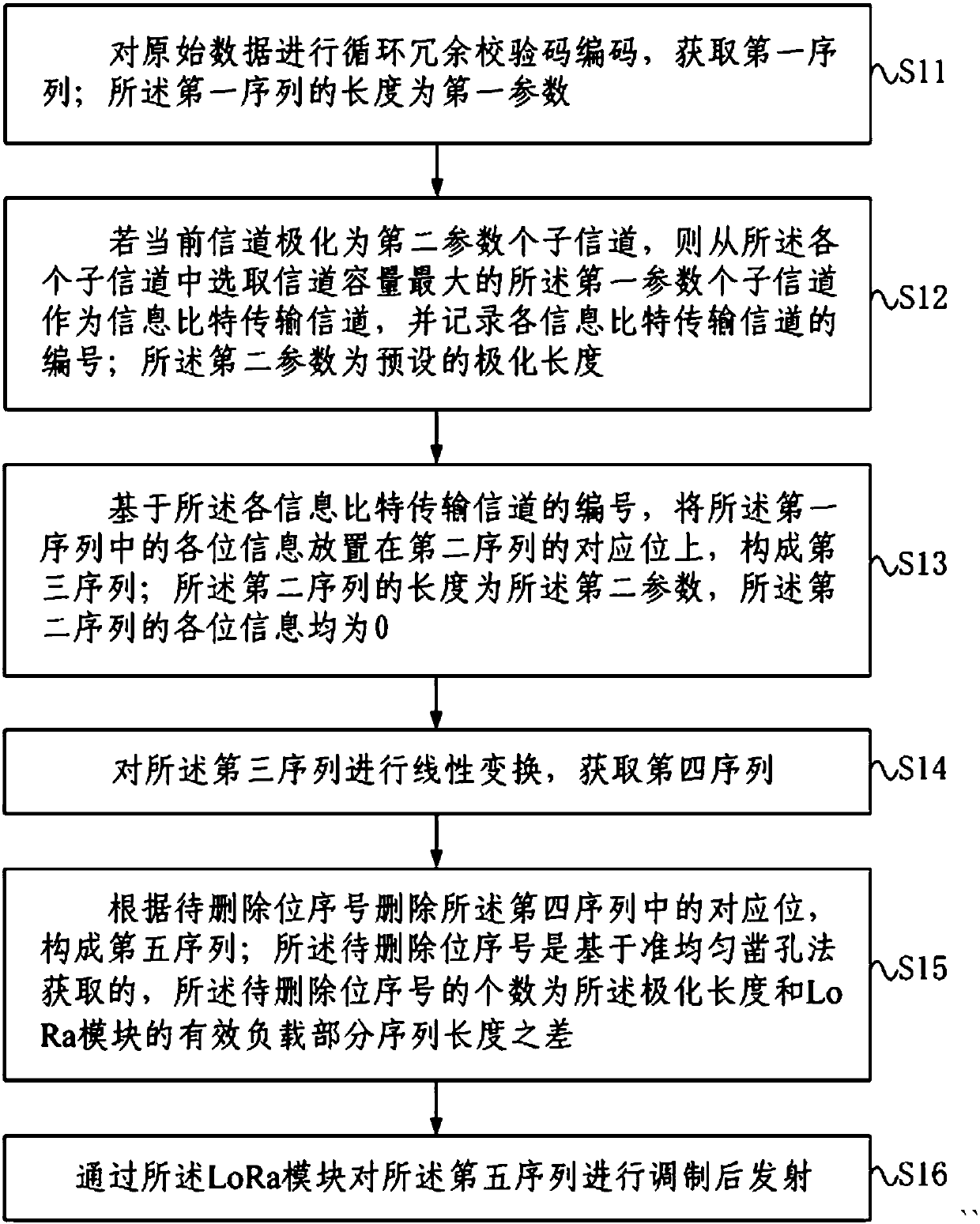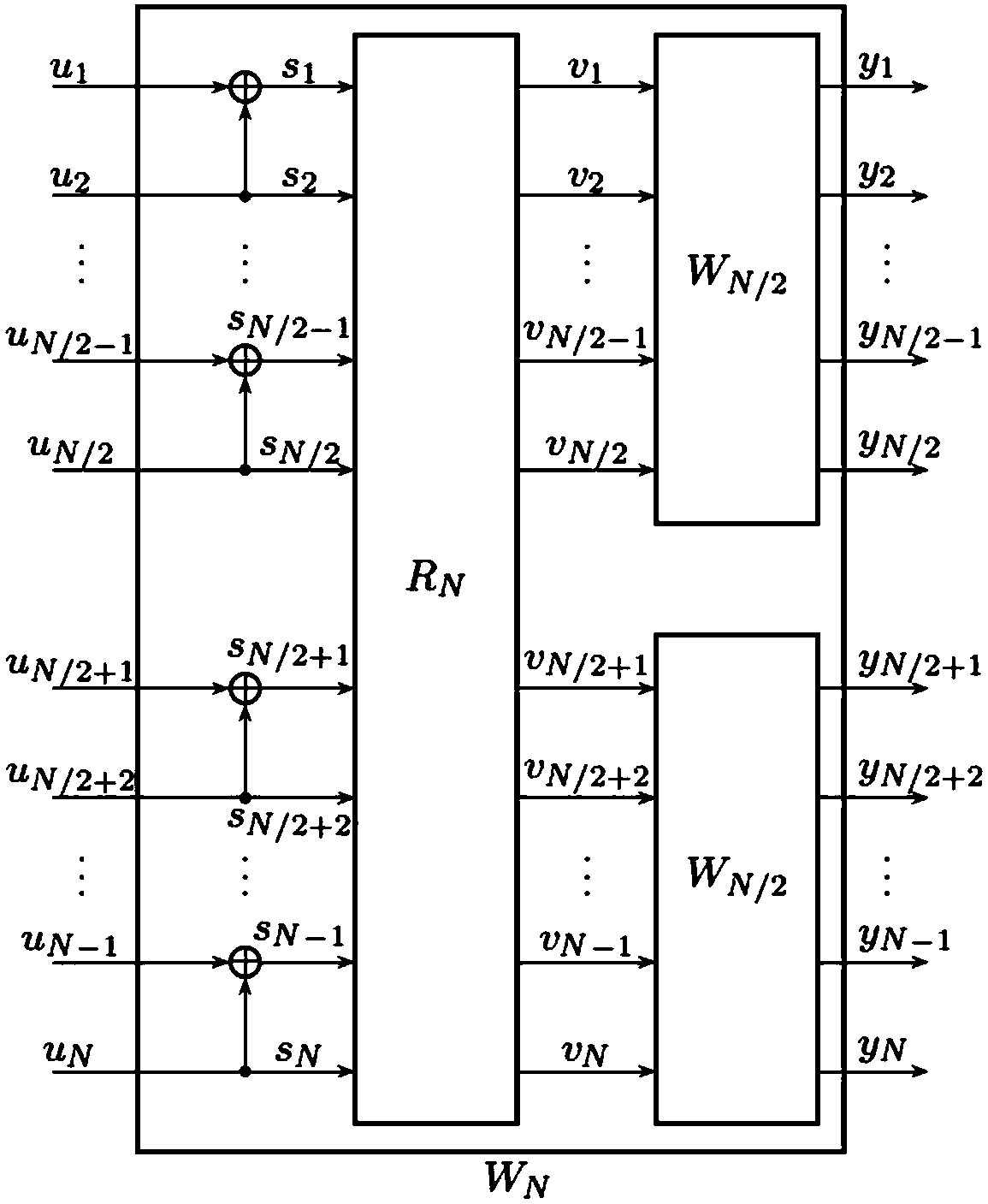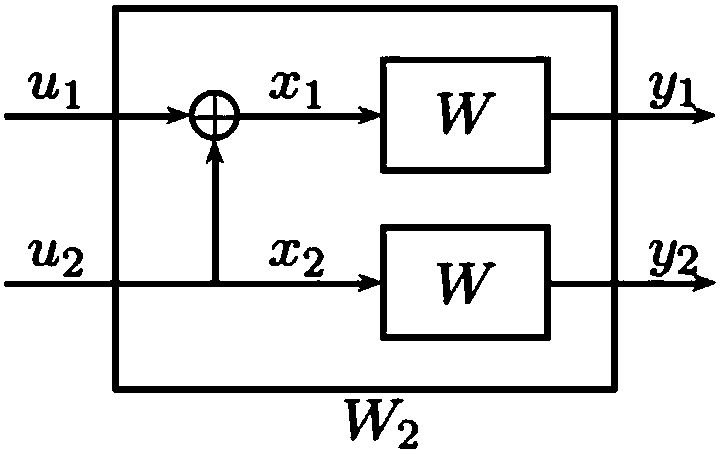Data sending and receiving methods based on LoRa
A data transmission method and original data technology, applied in the field of Internet of Things, can solve problems such as LoRa channel transmission interference, and achieve the effects of enhanced anti-interference ability, strong practicability, and low encoding and decoding complexity
- Summary
- Abstract
- Description
- Claims
- Application Information
AI Technical Summary
Problems solved by technology
Method used
Image
Examples
Embodiment Construction
[0037] The specific implementation manners of the present invention will be further described in detail below in conjunction with the accompanying drawings and embodiments. The following examples are used to illustrate the present invention, but are not intended to limit the scope of the present invention.
[0038] In order to solve the serious problem of LoRa channel transmission interference in the prior art, the present invention provides a LoRa-based data transmission and reception method, and explains the LoRa-based data transmission method and data reception from the perspective of the sending end and the receiving end respectively method.
[0039] First of all, the LoRa data sending method of the sender is described as follows:
[0040] figure 1 It is a schematic flow chart of a LoRa-based data transmission method according to a specific embodiment of the present invention, such as figure 1As shown, a LoRa-based data transmission method includes: S11, performing cycl...
PUM
 Login to View More
Login to View More Abstract
Description
Claims
Application Information
 Login to View More
Login to View More - R&D
- Intellectual Property
- Life Sciences
- Materials
- Tech Scout
- Unparalleled Data Quality
- Higher Quality Content
- 60% Fewer Hallucinations
Browse by: Latest US Patents, China's latest patents, Technical Efficacy Thesaurus, Application Domain, Technology Topic, Popular Technical Reports.
© 2025 PatSnap. All rights reserved.Legal|Privacy policy|Modern Slavery Act Transparency Statement|Sitemap|About US| Contact US: help@patsnap.com



